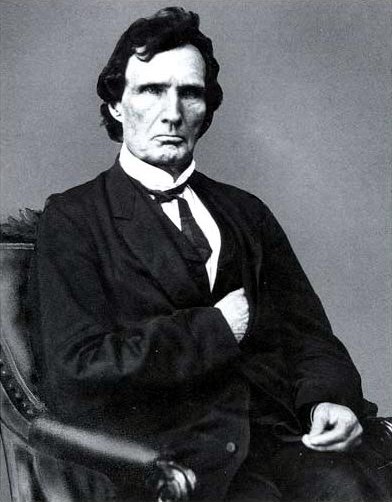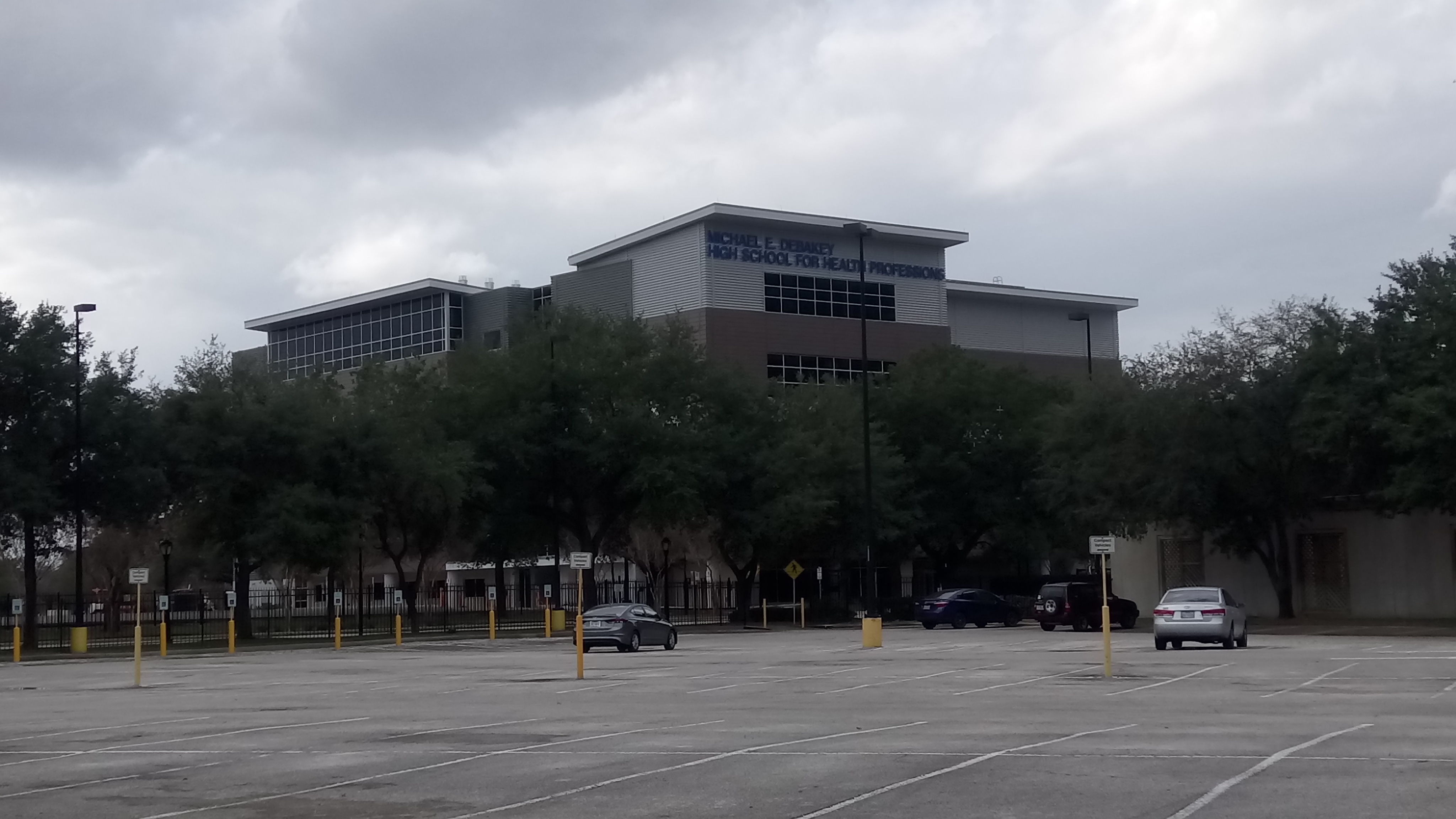|
History Of Education In Missouri
The history of education in Missouri deals with schooling over two centuries, from the settlements In the early 19th century to the present. It covers students, teachers, schools, and educational policies. Early days The small historically French settlements that became part of the United States in 1803 had limited schooling. Schools were established in several Missouri towns; by 1821, they existed in the towns of St. Louis, St. Charles, Ste. Genevieve, Florissant, Cape Girardeau, Franklin, Potosi, Jackson, and Herculaneum, and in rural areas in both Cooper and Howard counties. They were proprietary schools run by itinerant teachers who catered to boys of families who could pay small stipends, and usually provide room and board for the teacher. A few coeducational schools existed in some rural areas by the 1830s. Eleven schools for girls also operated during the territorial period, but these focused on basic literacy and homemaking practices. When Louis William Valentine Dubourg ... [...More Info...] [...Related Items...] OR: [Wikipedia] [Google] [Baidu] |
Louis William Valentine Dubourg
Louis William Valentine DuBourg (french: Louis-Guillaume-Valentin DuBourg; 10 January 1766 – 12 December 1833) was a French Catholic prelate and Sulpician missionary to the United States. He built up the church in the vast new Louisiana Territory as the Bishop of Louisiana and the Two Floridas and later became the Bishop of Montauban and finally the Archbishop of Besançon in France. Born in the colony of Saint-Domingue, DuBourg was sent to France at a young age to be educated and entered the Society of Saint Sulpice. As a cleric and son of a noble family, the French Revolution forced him into exile in Spain. In 1794, DuBourg sailed to the United States and began teaching and ministering in Baltimore, and became the president of Georgetown College in 1795. He significantly improved the quality of the institution, but mounted a substantial debt and was ousted by the Jesuit owners of the college in 1798. DuBourg then founded a lay collegiate counterpart to St. Mary's Seminary ... [...More Info...] [...Related Items...] OR: [Wikipedia] [Google] [Baidu] |
Saint Louis University
Saint Louis University (SLU) is a private Jesuit research university with campuses in St. Louis, Missouri, United States, and Madrid, Spain. Founded in 1818 by Louis William Valentine DuBourg, it is the oldest university west of the Mississippi River and the second-oldest Jesuit university in the United States. It is one of 27 member institutions of the Association of Jesuit Colleges and Universities. The university is accredited by the North Central Association of Colleges and Secondary Schools. In the 2021–2022 academic year, SLU had an enrollment of 12,883 students. The student body included 8,138 undergraduate students and 4,745 graduate students that represents all 50 states and 82 countries. The university is classified as a Research II university by the Carnegie Classification of Institutions of Higher Education. For more than 50 years, the university has maintained a campus in Madrid, Spain. The Madrid campus was the first freestanding campus operated by an Ameri ... [...More Info...] [...Related Items...] OR: [Wikipedia] [Google] [Baidu] |
Radical Republicans
The Radical Republicans (later also known as " Stalwarts") were a faction within the Republican Party, originating from the party's founding in 1854, some 6 years before the Civil War, until the Compromise of 1877, which effectively ended Reconstruction. They called themselves "Radicals" because of their goal of immediate, complete, and permanent eradication of slavery, without compromise. They were opposed during the War by the Moderate Republicans (led by President Abraham Lincoln), and by the pro-slavery and anti-Reconstruction Democratic Party. Radicals led efforts after the war to establish civil rights for former slaves and fully implement em ... [...More Info...] [...Related Items...] OR: [Wikipedia] [Google] [Baidu] |
William Torrey Harris
William Torrey Harris (September 10, 1835 – November 5, 1909) was an American educator, philosopher, and lexicographer. He worked for nearly a quarter century in St. Louis, Missouri, where he taught school and served as Superintendent of Schools for twelve years. With Susan Blow, in 1873 he established the first permanent, public kindergarten in the country. He is also known for establishing high school as an integral part of public education. Increasingly interested in Hegelian philosophy, he was cofounder of ''Journal of Speculative Philosophy'' (1867), the first philosophical journal in the US. He also worked with Amos Bronson Alcott's Concord School of Philosophy. In 1889 Harris was appointed as US Commissioner of Education, and served in that role, under four presidents, until 1906. Biography Born in 1835 in North Killingly, Connecticut, he attended Phillips Academy in Andover, Massachusetts. He completed two years at Yale College, then moved West. Beginning at age 22, H ... [...More Info...] [...Related Items...] OR: [Wikipedia] [Google] [Baidu] |
Charleston, Missouri
Charleston is a city in Mississippi County, Missouri, United States. The population was 5,056 at the 2020 census. It is the county seat of Mississippi County. It is a home to a local correctional facility. History Charleston is the largest town on the Missouri side near the confluence of the Mississippi and Ohio rivers at Bird's Point (11 miles east on U.S. Route 60). Its history has been tied to traffic on the rivers. Settlement initially occurred on the north side, in what in 1805 was called Matthews Prairie. After purchasing for $337, Joseph Moore laid out Charleston in 1837. Some say the community derives its name from nearby Charles Prairie, while others believe the name is a transfer from Charleston, South Carolina. In 1845, it was selected as the county seat. A post office named Charleston has been in operation since 1847. The Battle of Charleston was fought on August 19, 1861. Killed in the battle were one Union soldier and thirteen Missouri State Guard soldiers ... [...More Info...] [...Related Items...] OR: [Wikipedia] [Google] [Baidu] |
Magnet Schools
In the U.S. education system, magnet schools are public schools with specialized courses or curricula. "Magnet" refers to how the schools draw students from across the normal boundaries defined by authorities (usually school boards) as school zones that feed into certain schools. Attending them is voluntary. There are magnet schools at the elementary, middle, and high school levels. In the United States, where education is decentralized, some magnet schools are established by school districts and draw only from the district, while others are set up by state governments and may draw from multiple districts. Other magnet programs are within comprehensive schools, as is the case with several "schools within a school". In large urban areas, several magnet schools with different specializations may be combined into a single "center," such as Skyline High School in Dallas. Other countries have similar types of schools, such as specialist schools in the United Kingdom. Most of the ... [...More Info...] [...Related Items...] OR: [Wikipedia] [Google] [Baidu] |
Education In Missouri
Education in Missouri is provided by both public and private schools, colleges, and universities, and a variety of public library systems. All public education in the state is governed by the Missouri State Board of Education, which is made up of eight citizens appointed by the Governor of Missouri and confirmed by the Missouri Senate. History Elementary and secondary education Administration of primary and secondary public schools in the state is conducted by the Missouri Department of Elementary and Secondary Education. Education is compulsory from ages seven to seventeen in Missouri, commonly but not exclusively divided into three tiers: elementary school, middle school or junior high school, and high school. The public schools system includes kindergarten to 12th grade. District territories are often complex in structure. In some cases, elementary, middle and junior high schools of a single district feed into high schools in another district. High school athletics and compe ... [...More Info...] [...Related Items...] OR: [Wikipedia] [Google] [Baidu] |
History Of The University Of Missouri
The University of Missouri in Columbia, Missouri, was established in 1839. This later expanded to the statewide University of Missouri System. Founding and early years MU was founded in 1839 as part of the Geyer Act to establish a state land-grant university, the first west of the Mississippi River. The year of its founding the citizens of Columbia and Boone County pledged $117,921 in cash and land to beat out five other mid-Missouri counties for the location of the state university. The land on which the university was eventually constructed was just south of Columbia's downtown and owned by James S. Rollins, who is known as the "father of the university." It was the first university in Thomas Jefferson's Louisiana Purchase and was designed in part upon Thomas Jefferson's original plans for the University of Virginia. Because of this, the original tombstone of Thomas Jefferson was given to MU by Jefferson's heirs in July 1883. In 1849 the first courses in civil engineering ... [...More Info...] [...Related Items...] OR: [Wikipedia] [Google] [Baidu] |
History Of Missouri
The history of Missouri begins with settlement of the region by indigenous people during the Paleo-Indian period beginning in about 12,000 BC. Subsequent periods of native life emerged until the 17th century. New France set up small settlements, and in 1803, Napoleonic France sold the area to the U.S. as part of the Louisiana Purchase. Statehood for Missouri came following the Missouri Compromise in 1820 that allowed slavery. Settlement was rapid after 1820, aided by a network of rivers navigable by steamboats, centered in the City of St. Louis. It attracted European immigrants, especially Germans; the business community had a large Yankee element as well. The Civil War saw numerous small battles and control by the Union. After the war, its economy diversified, and railroads centered in Kansas City, opened up new farmlands in the west. In the early 20th century, Progressive reforms sought to modernize state and local government and minimize political corruption. During the 20th c ... [...More Info...] [...Related Items...] OR: [Wikipedia] [Google] [Baidu] |
History Of Education In The United States
The history of education in the United States covers the trends in educational formal and informal learning in America from the 17th century to the early 21st century. Colonial era New England The first American schools in the thirteen original colonies opened in the 17th century. Boston Latin School was founded in 1635 and is both the first public school and oldest existing school in the United States. The first free taxpayer-supported public school in North America, the Mather School, was opened in Dorchester, Massachusetts, in 1639. Cremin (1970) stresses that colonists tried at first to educate by the traditional English methods of family, church, community, and apprenticeship, with schools later becoming the key agent in "socialization." At first, the rudiments of literacy and arithmetic were taught inside the family, assuming the parents had those skills. Literacy rates were much higher in New England because much of the population had been deeply involved in the Protes ... [...More Info...] [...Related Items...] OR: [Wikipedia] [Google] [Baidu] |
History Of St
History (derived ) is the systematic study and the documentation of the human activity. The time period of event before the invention of writing systems is considered prehistory. "History" is an umbrella term comprising past events as well as the memory, discovery, collection, organization, presentation, and interpretation of these events. Historians seek knowledge of the past using historical sources such as written documents, oral accounts, art and material artifacts, and ecological markers. History is not complete and still has debatable mysteries. History is also an academic discipline which uses narrative to describe, examine, question, and analyze past events, and investigate their patterns of cause and effect. Historians often debate which narrative best explains an event, as well as the significance of different causes and effects. Historians also debate the nature of history as an end in itself, as well as its usefulness to give perspective on the problems of the p ... [...More Info...] [...Related Items...] OR: [Wikipedia] [Google] [Baidu] |






.jpg)